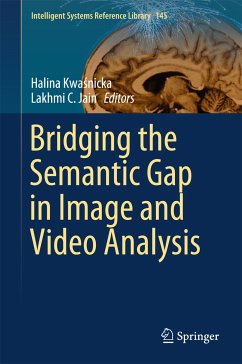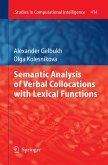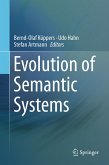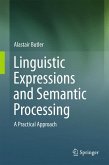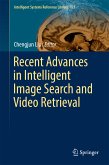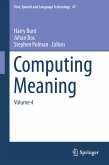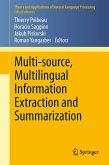The semantic gap is a challenging area of research, and describes the difference between low-level features extracted from the image and the high-level semantic meanings that people can derive from the image. The result greatly depends on lower level vision techniques, such as feature selection, segmentation, object recognition, and so on. The use of deep models has freed humans from manually selecting and extracting the set of features. Deep learning does this automatically, developing more abstract features at the successive levels.
The book offers a valuable resource for researchers, practitioners, students and professors in Computer Engineering, Computer Science and related fields whose work involves images, video analysis, image interpretation and so on.
Dieser Download kann aus rechtlichen Gründen nur mit Rechnungsadresse in A, B, BG, CY, CZ, D, DK, EW, E, FIN, F, GR, HR, H, IRL, I, LT, L, LR, M, NL, PL, P, R, S, SLO, SK ausgeliefert werden.

